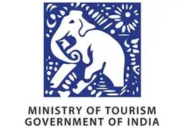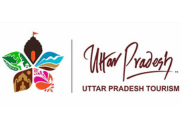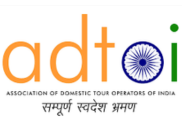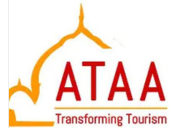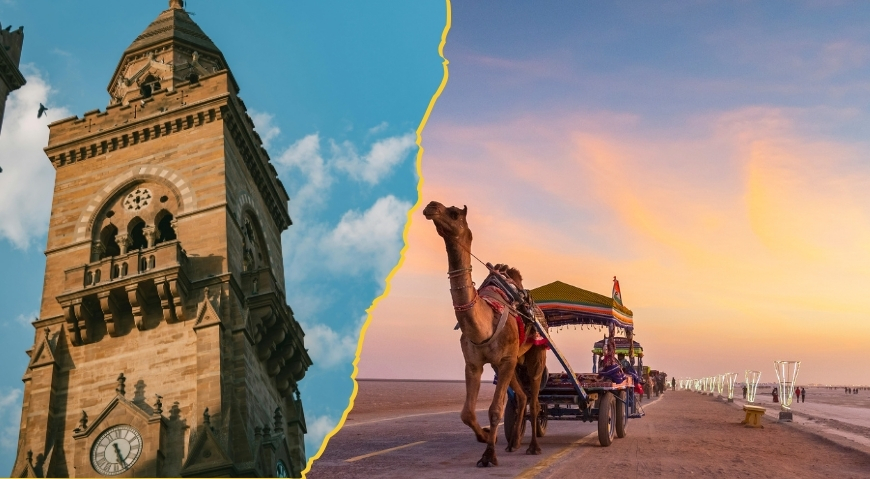
Explore the cultural beauty and natural treasures of Kutch through this brief yet enjoyable itinerary. Start from Bhuj by visiting Aina Mahal, Prag Mahal, and Kutch Museum. Take in the stunning sunset at White Rann of Kutch, experience the tribal culture at Banni villages, and gaze at the panoramic sceneries from Kala Dungar, the highest point of Kutch. Get to see the rural charm of Dhordo in its old mud houses and colorful handicrafts. Finish the tour at Mandvi, where you may relax at virgin beaches and see the majestic Vijay Vilas Palace. An idyllic combination of culture, heritage, and sceneries.
Arrives at Ahmedabad, meet to greet and drive to Bhuj, en route visit Ajrakhpur to see the block printing by tribe, Dhaneti to observe the embroidery by the Ahir tribe and Bhujodi to view the weavers from the Vankar tribe. These block printing villages are home to the famous Ajrakh craftsmen of the region. The latter is far from Bhuj and was largely destroyed by the earthquake, but there are still some great craftsmen and their workshops to visit there. In Ajrakhpur, the famous Dr. Ismail Katri (for most of the practitioners are Katris), and his sons are friendly and make incredibly beautiful prints. But walking around and meeting the other craftmen is a must – there is great diversity in the craft.
Continue drive to Bhuj & transfer to hotel. Evening visit local area market. O/n stay at Bhuj.
Morning breakfast after proceed to Rann Utsav Tent city, afternoon leisure at Rann Utsav City, evening proceed to White Rann In the evening, Enjoy the Camel ride & Horse Ride and Sunset view.
White Rann:- North part of kutch is the Great Rann - it has many moods and appereances which change from dawn to dusk. Salt crystals dazzle like millions of daimonds under the scraching sun. Its still vastness is eerie under the bluish glow of the full moon. During a thunderstrom at night it flashes brilliantly. Rann has vast area about 4000 kms. Overnight stay at Tent city
Morning after breakfast proceeds to Banni village en-route take a permit to visit Banni Tribal area at Bhrindyara check post. (Please all clients to need to obtain the permit)Later proceed to Banni Village to see various people like Jat, Harijan, Meghawal and Mutva etc in various villages like Hodka, Ludiya and Dhordo. Banni means “a cluster of village”. In Banni area of Kutch the Meghwal-Harijans who migrated from Rajasthan use Khambira, Kharek, Kudi Stiches in their embroidery. Also outline and satin stitch embroidery of the area and very minute mirror designs similar to the famous Mutwa embroidery of the area. They make wall hangings, waistcoats and pouches in Kharek Stich and do 'Moti Bharat' or beadwork on handheld fans, bracelets, toys and belts. After visit HODKA village – Hodka derives from the Gujarati word ‘Hodi’which means ‘boat’. Since, the villages here are called jheels, where potable water is available. Hodka is famous for its beautiful embroidery and mud work as much as Leather craft. Both men and women are actively involved in developing the art and craft tradition of the region. Visit LUDIYA village- Harijans and Muslims are main communities in this village. The main occupations are: monsoon farming, cattle rearing, intricate wood carving, intricate embroidery work, mud-work and wall painting for decorating homes. Harijan men are involved with wood carving, the women take up embroidery and wall-decoration. Visits to DHORDO to see beautiful traditional mud houses (Bhungas) with mirror work and its fine Mutwa embroidery with tiny mirrors.
Later visit Kalo Dungar & Khavada. Kalo Dingar .The highest hill in Kuchchh, Kalo Dungar rises 462 m above sea level and lies near the India-Pakistan border. At the top you can enjoy a cool breeze and a panorama of the Great Rann of Kachchh. There is also a temple dedicated to the Hindu deity Dattatrey, the trinity of Brahma, Vishnu and Shiva in one body with three heads and six hands that is accompanied by a cow and four dogs. If possible, you should visit the hilltop around sunrise or sunset for a breathtaking view Khavada - Khavda where see some Meghwar but also Samma community. O/n stay at Bhuj.
Morning drive to Mandvi, Mandvi is a picturesque town with many old buildings. It was an important port of the Jadeja Rajputs, who claim descent from Lord Krishna. They are said to moved to Sindh when Krishna’s capital, Dwarka, was submerged by the sea. Mandvi is known for its 400 year old ship building centre. The local carpenters still make ocean going Dhows in much the same way that their ancestors had done a century ago. One can go and visit the men at work, shaping the great vessels with hand tools and coaxing the seasoned timber into shape. The carrying capacity of these boats can vary from 250 tons to 1000 tons. The predecessors of these very same ships had roamed the Indian Ocean and made Kutch a maritime power. Handmade models of these Dhows can also be procured from local artisans.
Check in into the Resort after lunch, Evening leisure at mandvi beach. Overnight stay at Mandvi
Morning breakfast after visit Vijay Vilas palace
The Vijay Vilas Palace rises from a multi-acre estate along the coast near the town. This palace of His Highness Maharao Vijay Singhji, who ruled over Kutch in the 1940s, is an eclectic blend of architectural styles. Umbrella-domes like those seen in palaces of Bengal, cupolas that would not look out of place in Mughal buildings, jarokhas and cusp-arches like those seen in Rajput palaces of Rajasthan, Victorian Gothic arches and classical columns make up the ensemble. Yet the architects were skilled enough to make the entire complex look harmonious.
Afternoon proceed to Ahmedabad, Overnight stay at Ahmedabad
Morning after breakfast visit Akshardham Temple (Monday Closed) Akshardham is situated in the capital city of Gandhinagar, which lies near Ahmadabad. The magnificent temple is dedicated to Lord Swaminarayan. It was constructed on the directions of Pramukh Swami Maharaj, the spiritual leader of BAPS Sanstha. The complex of this temple is the largest in Gujarat. Akshardham temple was inaugurated in the year 1992 and has become a major tourist attraction in India, during the last decade. It has a sprawling 23 acre area and is chiseled out in pink sandstone. Sidi Sayed mosque, built in 1573, is one of the most famous mosques of Ahmadabad. The mosque is entirely arcuated. The mosque has ten screen windows (jails) on the side and rear arches The Swetambara Temple Hatheesing temple was built outside Delhi gate in 1850 by a rich Jain merchant Sheth Hatheesing. This is the best known of Ahmadabad’s many ornate Jain temples. It is dedicated to Dharamnath, the fifteenth Tirthankar whose status stand in the main sanctuary Built by pure marble profusely decorated with rich carving, Gandhi Ashram The beautiful ashram complex of Ahmadabad, with shady trees populated by thousands of parakeets, Beaters, sunbirds, squirrels, offers a refuge from the loud streets of the city and is one of the foremost tourist attraction of Ahmadabad. This ashram was Gandhi’s headquarters during the long struggle for Indian independence. His ashram was founded in 1915 and still makes handicrafts, handmade paper and spinning wheels. This ashram is open from 8.30 AM to 6.30 PM. Later drive to Adalaj, visit step well is an architectural wonder built by Queen Rudabai and is certainly one of the finest monuments of Gujarat. It is a seven-storied structure in the form of a well with chambers one behind the other. The ‘Vav’ or stepped wells of Gujarat were used as meeting and resting-places during summer since their cool interiors offered unbelievable respite from the scorching sun outside.
Later transfer to airport / railway station for onward journey.
Lorem ipsum dolor sit amet, consectetuer adipiscing elit. Aenean commodo ligula eget dolor. Aenean massa. Cum sociis Theme natoque penatibus et magnis dis parturient montes, nascetur ridiculus mus
Lorem ipsum dolor sit amet, consectetuer adipiscing elit. Aenean commodo ligula eget dolor. Aenean massa. Cum sociis Theme natoque penatibus et magnis dis parturient montes, nascetur ridiculus mus
